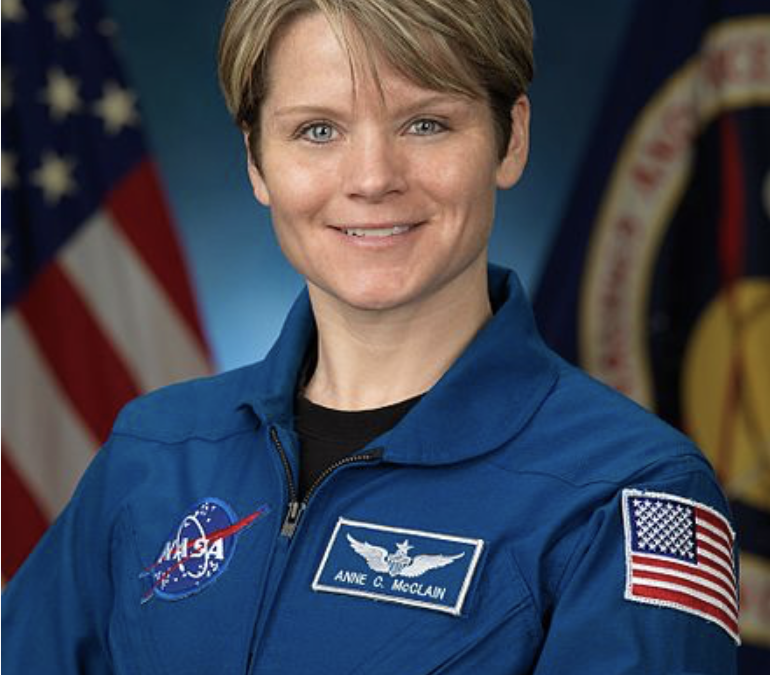Something remarkable happened this week. Remarkable, because it was so unremarkable. Our local newspaper, The Seattle Times, printed an article about the latest rocket to head to the Space Station and touted the astronaut from Spokane, Washington who was on board.
There is more, but before I get to that, let me put this in perspective. When the space program began in the early 1960’s, thirteen women went through the same training as the men who were potential astronauts. The women met the standards and sometimes outperformed the men. When the final decision was made about who would get to fly in the new spacecraft, it was decided that only test pilots could fly in space. The seven men chosen had all been test pilots in the armed services.
Women in the military at that time, could only serve in flight simulation training and air traffic control, or as flight attendants. They could not pilot military aircraft, in spite of their demonstrated services during the World Wars. This meant that the women were excluded from test pilot positions and deemed ineligible to become astronauts.
It was not 1978 that women were admitted to the program, and not until 1983 that Sally Ride became the First Woman to fly into space. Other women followed, including Mae Jemison, the First Black Woman to become an astronaut in 1992, Eileen Collins who was the First Woman to pilot the Space Shuttle, in 1995, and Peggy Whitson, the First American Woman astronaut to command the International Space Station in 2007.
This past August, the names of the nine astronauts who will fly into space aboard Space X and Boeing spaceships were announced. Two were women, so it is no longer considered wise to leave women out altogether, although they are still in the minority.
When I saw the article about the Spokane astronaut the other day, I thought, “Oh, a local guy.”
The article begins, “The first Russian rocket to fly with people aboard since a harrowing failure two months ago blasted off Monday morning in a successful return to flight, carrying a Spokane astronaut. Lt. Col. Anne McClain was among. . .”
“Wait! The astronaut’s a woman?”
I re-read the headline: “Spokane astronaut reaches space station aboard Russian craft.” It didn’t say woman. I read the whole article. The word “woman” does not appear once. The article talks about how she always wanted to be an astronaut, how a math teacher had inspired her, how she went to West Point and became a NASA astronaut in 2013.
The article mentioned Col. McClain’s math teacher, who was present at Houston during takeoff. The math teacher is also a woman, but I know this only because she, like the astronaut, has a woman’s name. The paper used the pronoun “she” and the adjective “her,” but never pointed out the astronaut’s or the teacher’s gender. Even the quote from a student at her former high school said, “It’s really inspiring to see someone who dreamed of becoming an astronaut become one.” Once again, no reference to gender, neither the speaker’s nor the astronaut’s.
I often say that I look forward to the day when we will no longer have to denote “First Women” as such, because women’s full participation in society will be the norm. I’m feeling hopeful after reading this article.

